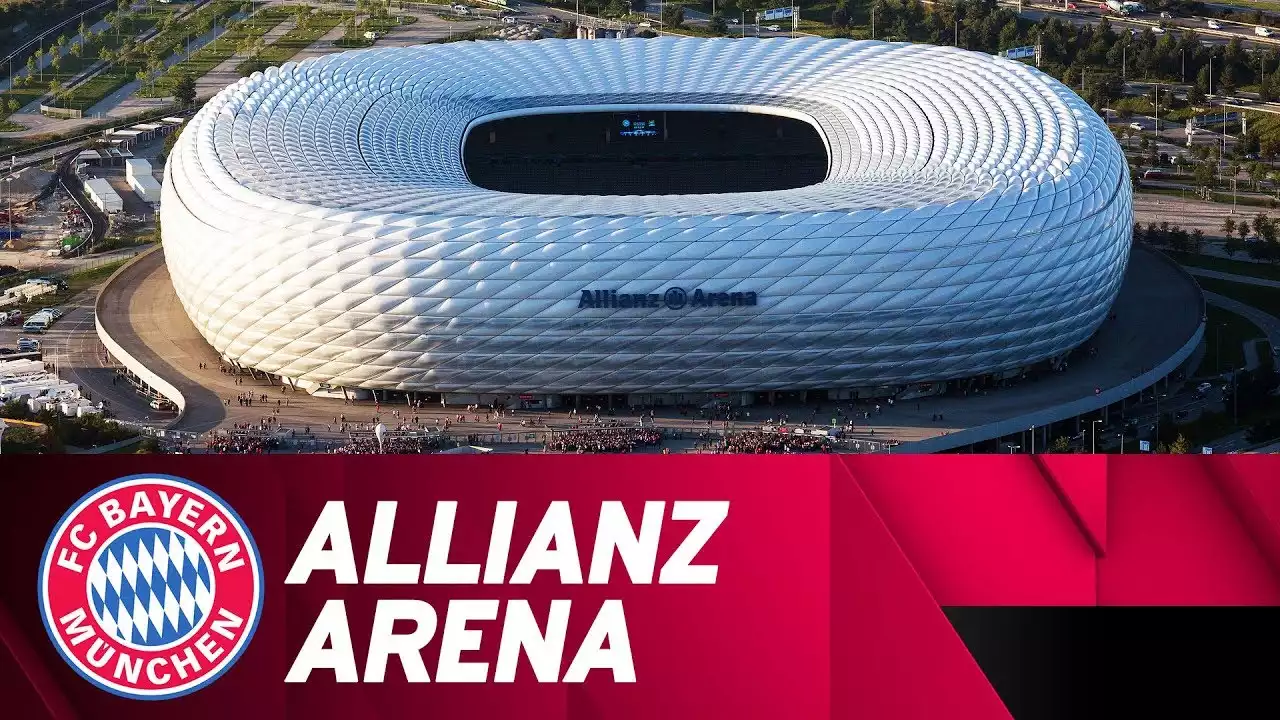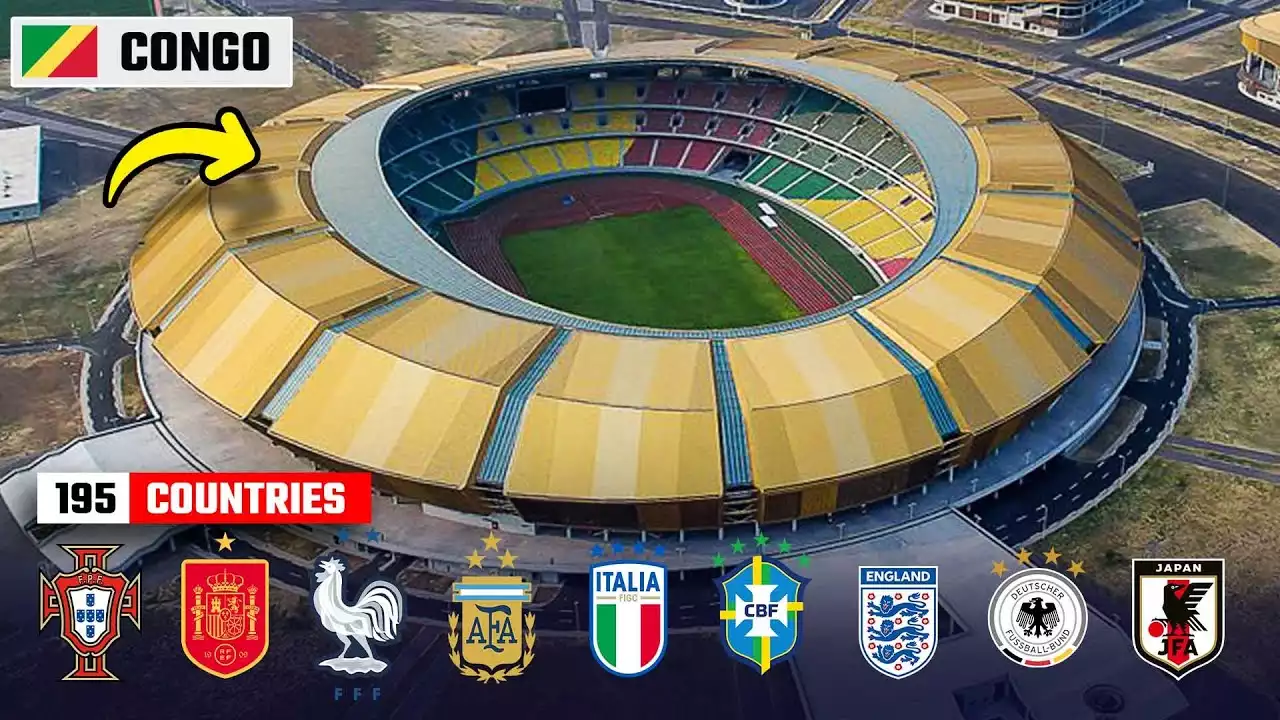Importance of stadiums in football
Stadiums play a crucial role in the world of football. They are not just mere structures that provide a place for matches to be played; they are the heart and soul of the game. Stadiums are where dreams are realized, emotions run high, and history is made. They serve as a gathering place for fans to come together and support their favorite teams, creating an atmosphere that can inspire players to perform at their best.
The size of a stadium is often seen as a reflection of a club's stature and fan base. While larger stadiums can accommodate a greater number of spectators, smaller stadiums offer a more intimate and intense experience. The passion and energy that fill the air in these compact arenas are unmatched, creating an atmosphere that is truly electric. In the UEFA Nations League, where national pride is at stake, the size of the stadium becomes secondary to the excitement generated by the fans.
Criteria for determining stadium sizes
The size of a stadium is determined by various factors, including the popularity of the sport in the region, the average attendance of matches, and the financial resources of the club or country. Larger stadiums are often built to accommodate the high demand for tickets and generate revenue through ticket sales, concessions, and corporate sponsorships. However, smaller stadiums have their own charm and offer a more intimate experience for both players and fans.
In the UEFA Nations League, where the focus is on national teams, the size of the stadiums is often influenced by the population and football culture of the participating countries. Smaller nations may have limited resources and smaller fan bases, resulting in the construction of stadiums that are more suited to their needs. Despite their smaller size, these stadiums play a vital role in fostering a sense of national pride and providing a platform for players to represent their countries on the international stage.
The 5 smallest stadiums in the UEFA Nations League
Andorra - Estadi Nacional
The Estadi Nacional in Andorra is one of the smallest stadiums in the UEFA Nations League, with a capacity of just 3,306 spectators. Located in the capital city of Andorra la Vella, this compact stadium offers a truly unique experience for both players and fans. The intimate setting allows spectators to be up close to the action, creating an atmosphere that is filled with passion and excitement. Despite its small size, the Estadi Nacional has witnessed many memorable moments in Andorran football history.
Gibraltar - Victoria Stadium
The Victoria Stadium in Gibraltar is another small stadium in the UEFA Nations League, with a capacity of approximately 2,000 spectators. Situated at the foot of the famous Rock of Gibraltar, this stadium provides a picturesque backdrop for football matches. The close proximity of the stands to the pitch gives fans an incredible view of the action, making every goal and tackle feel even more exhilarating. Despite its limited capacity, the Victoria Stadium has hosted numerous international matches and has become a symbol of Gibraltar's footballing spirit.
San Marino - Stadio Olimpico
The Stadio Olimpico in San Marino is the national stadium of the smallest Republic in the world. With a capacity of around 5,000 spectators, this intimate venue offers a truly unique experience for both players and fans. The close-knit atmosphere allows fans to feel like an integral part of the action, cheering on their national team with unwavering support. Every goal scored at the Stadio Olimpico is celebrated with resounding cheers, creating an atmosphere that is unmatched in its intensity.
Liechtenstein - Rheinpark Stadion
The Rheinpark Stadion in Liechtenstein is another small stadium in the UEFA Nations League, with a capacity of approximately 6,127 spectators. Located in the capital city of Vaduz, this picturesque stadium offers stunning views of the surrounding mountains. The compact size of the stadium ensures that fans are never far from the action, creating an atmosphere that is both intimate and electric. Despite its small capacity, the Rheinpark Stadion has hosted numerous international matches and has become a symbol of Liechtenstein's footballing passion.
Luxembourg - Stade Josy Barthel
The Stade Josy Barthel in Luxembourg is one of the smallest stadiums in the UEFA Nations League, with a capacity of approximately 8,000 spectators. Situated in the heart of Luxembourg City, this historic stadium has witnessed many memorable moments in Luxembourgish football history. The close proximity of the stands to the pitch creates an intense atmosphere, with fans providing unwavering support to their national team. Despite its limited capacity, the Stade Josy Barthel continues to be a source of pride for Luxembourg's footballing community.
Challenges faced by teams playing in smaller stadiums
Playing in a smaller stadium can present unique challenges for football teams. One of the main challenges is the limited capacity, which can result in a smaller home crowd compared to larger stadiums. This can affect the overall atmosphere and energy during matches, making it harder for teams to feed off the support of their fans. Additionally, smaller stadiums may have limited facilities and resources, which can impact the overall matchday experience for both players and spectators.
However, teams playing in smaller stadiums also have the advantage of a more intimate setting. The close proximity of the stands to the pitch allows for better communication between players and fans, creating a sense of unity and togetherness. The smaller size of the stadium also means that every seat provides a good view of the action, ensuring that no fan misses out on any crucial moments. Despite the challenges, teams and fans alike embrace the unique atmosphere and sense of community that smaller stadiums offer.
Advantages of smaller stadiums for fans
For fans, smaller stadiums offer a more personal and immersive experience. The close proximity to the pitch allows for a better view of the action, with every goal and tackle feeling more intense and exhilarating. The intimate setting also means that fans can feel a stronger connection to the players, creating a sense of camaraderie and shared passion. Smaller stadiums often have a loyal and dedicated fan base, with supporters who have been following their teams for generations.
Another advantage of smaller stadiums is the affordability of tickets. With fewer seats to fill, ticket prices are often more accessible, allowing fans from all walks of life to experience the thrill of live football. Smaller stadiums also provide a greater chance of interacting with fellow fans and creating lasting memories. The sense of community and shared experience that is fostered in these compact arenas is truly special and adds to the overall enjoyment of the game.
Impact of stadium size on team performance
The size of a stadium can have a significant impact on team performance. In larger stadiums, players may be more prone to feeling overwhelmed by the sheer scale of the venue and the pressure of performing in front of a large crowd. Smaller stadiums, on the other hand, create a more intimate and focused environment, allowing players to feel the support of their fans more strongly.
The electric atmosphere generated by passionate supporters in smaller stadiums can provide a boost of motivation and energy for the home team. The sense of unity and togetherness can inspire players to push their limits and give their all on the pitch. Smaller stadiums also create a sense of familiarity, with players becoming accustomed to the unique characteristics of their home ground. This familiarity can give teams a competitive edge, as they are able to leverage their knowledge of the stadium to their advantage.
Future developments and expansions
While smaller stadiums have their own charm, there is often a need for larger venues to accommodate the growing demand for tickets and provide a more comfortable experience for fans. In recent years, several countries in the UEFA Nations League have embarked on stadium development and expansion projects to meet these needs. These projects aim to strike a balance between preserving the intimate atmosphere of smaller stadiums and increasing capacity to accommodate more spectators.
However, it is important to ensure that these developments do not compromise the unique character and spirit of smaller stadiums. The passion and energy that fill these compact arenas are what make them so special, and it is crucial to preserve this essence as stadiums evolve. Future developments should focus on enhancing the matchday experience for fans while maintaining the intimate atmosphere that smaller stadiums offer.










.png?size=50)